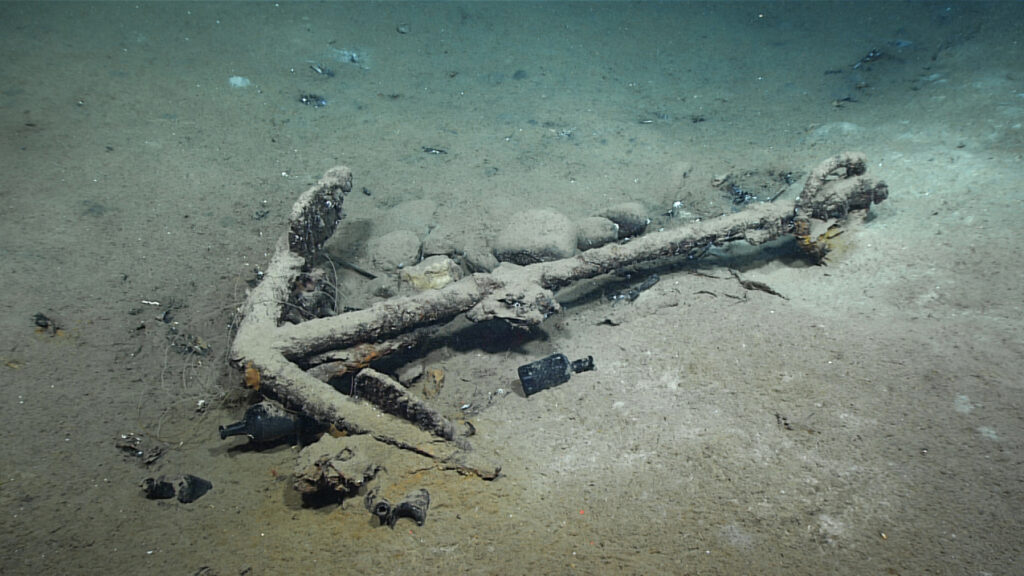Coral Reefs are Emerging from Shipwrecks and Sunken Objects
Posted
Last Updated
Not all underwater reefs are made of coral − the US has created artificial reefs from sunken ships, radio towers, boxcars and even voting machines!
When people hear about underwater reefs, they usually picture colorful gardens created from coral. But some reefs are anchored to much more unusual foundations.
For more than a century, people have placed a wide assortment of objects on the seafloor off the U.S. coast to provide habitat for marine life and recreational opportunities for fishing and diving. Artificial reefs have been created from decommissioned ships, chicken transport cages, concrete pipes, rail cars and more.
We study how ocean-dwelling fish use artificial reefs in the U.S. and beyond. Through our research, we have learned that artificial reefs can be hot spots for large predatory fish such as groupers and jacks. They also can serve as stepping stones for reef fish expanding their range northward with warming water temperatures and as rest stops for sharks.
Artificial reefs can be strategically designed and placed to optimize fish habitat. But although they provide valuable ecological services, no one has inventoried how many of these structures exist in U.S. waters or how much seafloor they occupy.
To help fill this knowledge gap, we led a team of scientists and artificial reef directors from the 17 U.S. states with artificial reef-building programs in the first national calculation of artificial reef extent. Our new study shows that these reefs cover a total of about 7 square miles (19 square kilometers) of U.S. seafloor – an area equivalent to 3,600 football fields.

